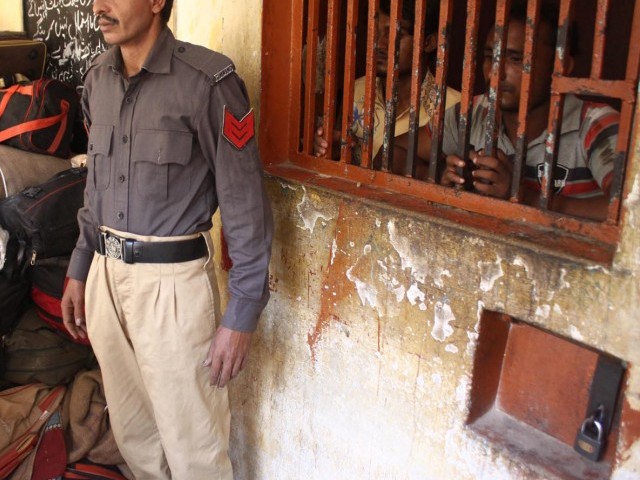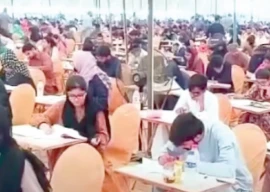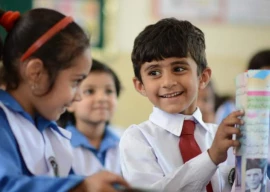
The report calls for overcoming overcrowding in the country’s jails, curbing sexual abuse of juvenile and women prisoners as well as radically improving health and hygiene conditions there.
These suggestions formed part of the report, containing proposals for reforming prisons and providing better facilities to the jail inmates.
It also catalogues the initiatives taken by the authorities in various jails for providing formal and vocational education to prisoners.
“The report, compiled after a thorough inspection carried out by eminent professionals who assessed on-ground situations in all major jails across the country, is all set to be presented to the Chief Justice of Pakistan (CJP),” said Tariq Imam, a senior adviser at the Wafaqi Mohtasib Office. He said that the apex court took up a suo motu case in 2006 on critical issues arising because of the pathetic condition of the prisons/ prisoners.
On May 28 last year, the SC urged the Wafaqi Mohtasib to address systemic failures, causing ‘maladministration’, and formulate and enforce standards of ‘good administration’ as envisaged by the law.
Federal Ombudsman Salman Farooqi formed committees to come up with useful recommendations, Imam said. The report highlighted the sorry state of prisons in Pakistan. Jails, the report said, proved to be fertile breeding grounds for offenders.
In 2015, about 70-80 per cent of all prisoners in jail were under-trial prisoners, the report said.
Overcrowded jails
According to the report, Quetta jail’s should ideally hold as many as 472 inmates, but it is accommodating between 800 and 900 prisoners, Karachi Central jail’s capacity is 2,400 but it is housing between 5,000 and 6,000 prisoners. Meanwhile, Adiala jail had a capacity of 2,056 prisoners, yet it is accommodating more than 4,000 inmates.
Prisoner segregation
Children and adolescents, the report said, were kept with hardened criminals because of space shortages which led to the former becoming victims of sexual abuse.
Health and hygiene conditions
Most jails were without clean drinking water, hygienic food and healthcare facilities.
Absence of such basic necessities of life resulted in the spread of communicable diseases such as hepatitis-C, HIV/AIDs among prisoners, the report stated. It called for an urgent need for initiating prevention programmes in addition to starting treatment of drug addicts.
Education
Imparting education and skills, especially to juvenile offenders and women prisoners and their dependents, in jails bordered on denial.
Female prisoners
The report shows that women in prisons were prone to sexual harassment.
The report suggests separate and secure wards for female inmates, besides recommending that under all circumstances women wardens should carry out body searches were mandatory, they should be carried out by. It also called for doing away with punishments such as stripping and stressed the need for providing healthy foods for mothers feeding infants or pregnant women.
Moreover, it called for providing adequate maternity care, including proper delivery facilities, treatment for infectious diseases, provision of education for children and expanding the concept of ‘sweet homes’, the report suggested.
Published in The Express Tribune, May 15th, 2016.























COMMENTS
Comments are moderated and generally will be posted if they are on-topic and not abusive.
For more information, please see our Comments FAQ